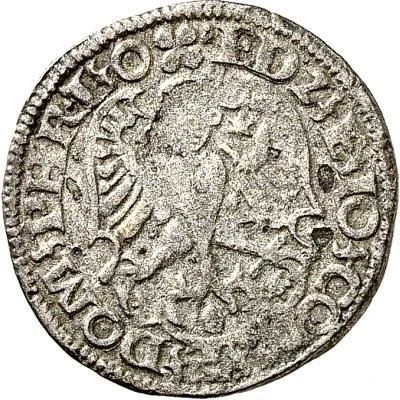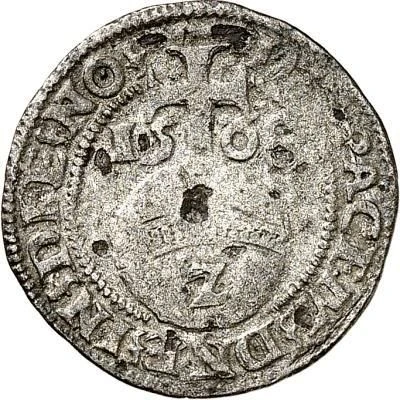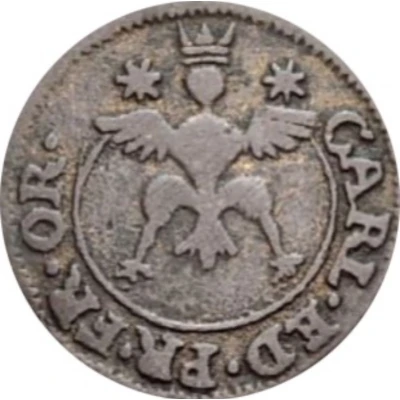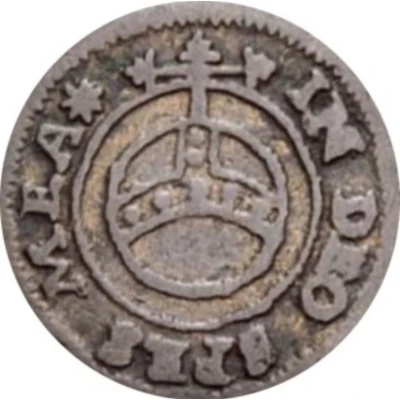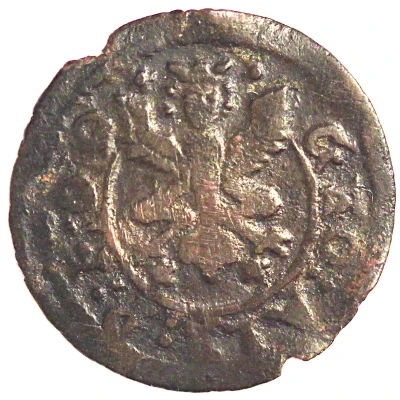
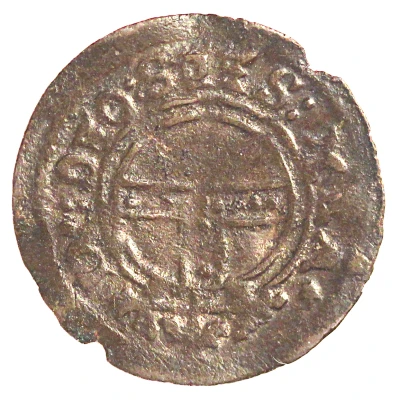

© Dmitrij Rodionov
¼ Stuber - George Albert ND
1713 year| Billon | - | - |
| Issuer | Principality of East Frisia (East Frisia, German States) |
|---|---|
| Prince | George Albert (Georg Albrecht) (1708-1734) |
| Type | Standard circulation coin |
| Year | 1713 |
| Value | ¼ Stüber (1⁄120) |
| Currency | Thaler |
| Composition | Billon |
| Shape | Round |
| Orientation | Coin alignment ↑↓ |
| Demonetized | Yes |
| Updated | 2024-10-05 |
| Numista | N#76086 |
|---|---|
| Rarity index | 92% |
Reverse
Imperial orb with legend surrounding.
Script: Latin
Lettering: IN DEO SPE MEA
Translation: lat. "in Deo Spes mea est" (My hope is in God.)
Comment
Schön 6Interesting fact
The ¼ Stuber coin from the Principality of East Frisia, made of Billon, is interesting because it was issued during a time of great economic and political change in the region. The Principality of East Frisia was a small state located in the northwestern part of Germany, and it was known for its rich agricultural land and trading ports. In the early 18th century, the region was experiencing significant economic growth, and the demand for currency was increasing. The ¼ Stuber coin was issued as a response to this demand, and it was used widely in trade and commerce. It's also worth noting that the coin's design features a portrait of George Albert, the ruling prince of East Frisia at the time, on one side, and an image of a crowned eagle on the other. The eagle was a symbol of the principality and represented the power and authority of the ruling family. The coin's design was meant to convey the wealth and prestige of the Principality of East Frisia, and it was a symbol of the region's economic and political influence.
